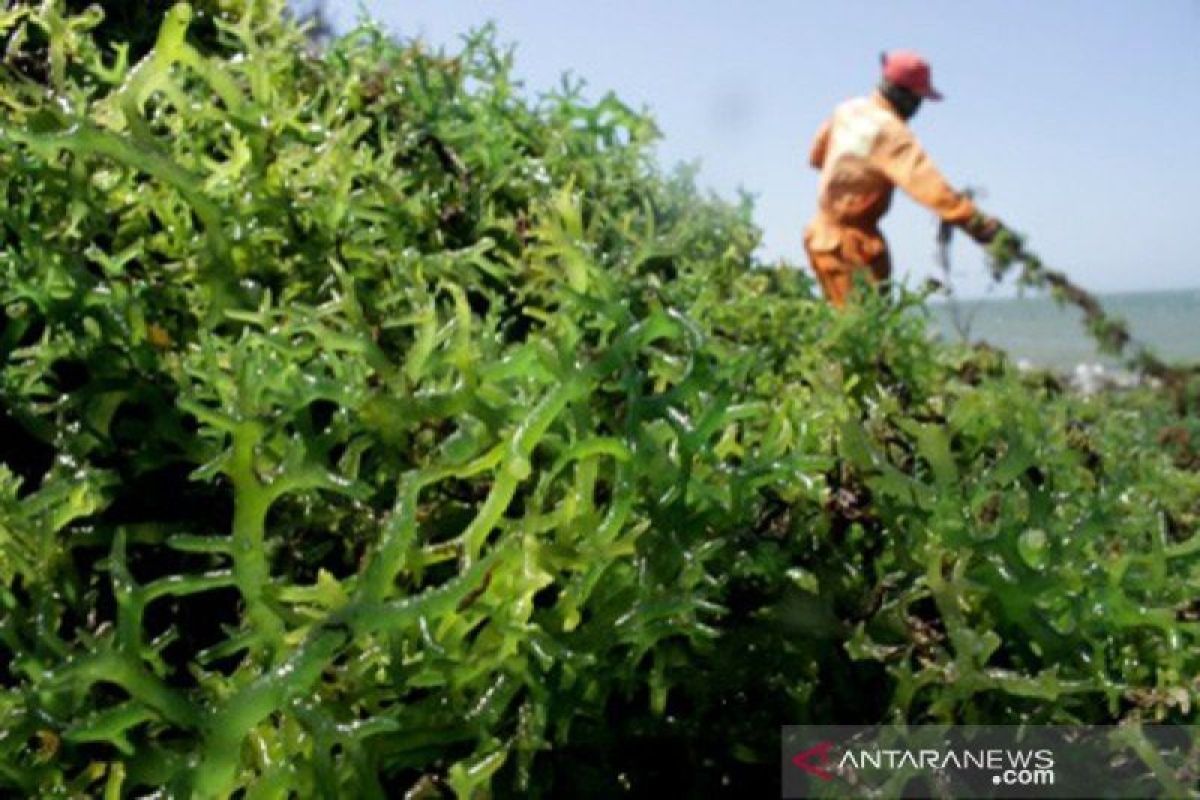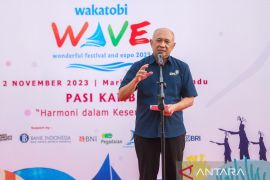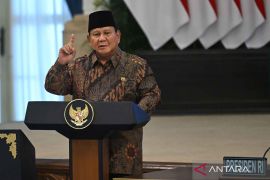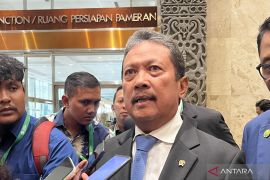“We will also focus on the seaweed industry," Roeslani noted at the 2025 International Conference on Infrastructure (ICI) here on Thursday (June 12).
He highlighted that Indonesia is currently the world's second-largest seaweed producer, giving it vast potential to increase the added value of this marine product through processing and developing industries based on local raw materials.
The Ministry of Investment and Downstreaming is responsible not only for promoting investment but also for leading the industrial downstreaming program to create a dual economic effect from superior commodities such as nickel, coconut, and seaweed.
Roeslani noted that his ministry has mapped 23 priority commodities with potential to increase their added value, but in the near term, it will focus on four to five main commodities.
Nickel is one of the commodities that has been downstreamed, with Indonesia holding the world's largest reserves, accounting for 42 percent of the global total.
Most of the national nickel reserves are spread across Sulawesi and Maluku, and their development is being accelerated to increase the exports of value-added products and create new jobs in the regions.
Earlier, the Ministry of Maritime Affairs and Fisheries encouraged the downstreaming of non-hydrocolloid seaweed through the diversification of processed products to strengthen added value, competitiveness, and development of the domestic processing industry.
The ministry’s director general of strengthening the competitiveness of marine and fishery products, Tornanda Syaifullah, emphasized the need to encourage innovation in non-hydrocolloid seaweed processed products such as nutritional supplements, feed, biostimulants, bioplastics, cosmetics, and environmentally-friendly packaging materials.
"Thus, this downstreaming will open up promising business opportunities," Syaifullah had stated last May.
He noted that the global market for non-hydrocolloid seaweed products, such as biostimulants and animal feed, has vast potential, with a projected value of US$4.36 billion in 2024 according to Precedence Research. This figure is estimated to grow to US$12.85 billion by 2034 (CAGR 11.42 percent).
This growth is driven by the rising demand for sustainable agricultural practices. Meanwhile, the World Bank predicts the non-hydrocolloid seaweed market, especially for animal feed, to reach US$1.2 billion by 2030 and US$6.4 billion by 2050.
"The Ministry of Marine Affairs and Fisheries will contribute to preparing input for the roadmap and national action plan for the development of the integrated seaweed industry for 2025–2029," he stated.
Translator: Muhammad Harianto, Yashinta Difa
Editor: Aditya Eko Sigit Wicaksono
Copyright © ANTARA 2025










